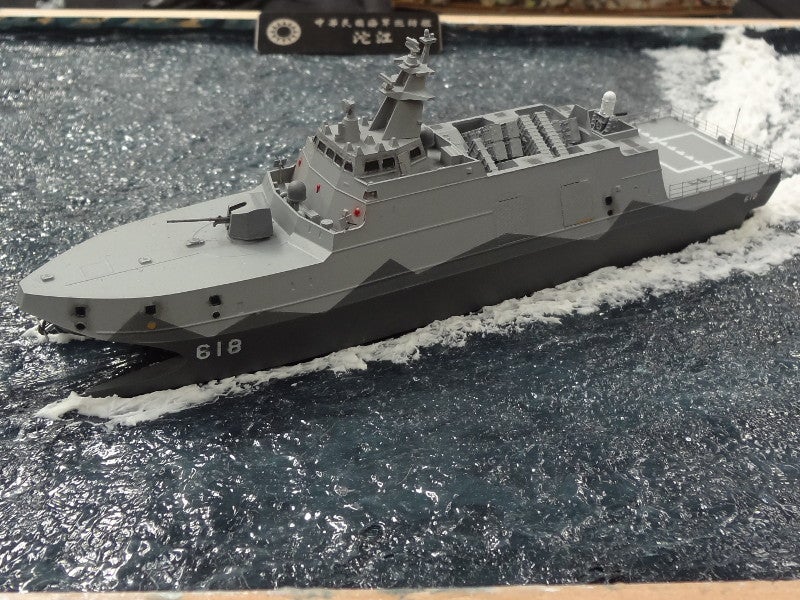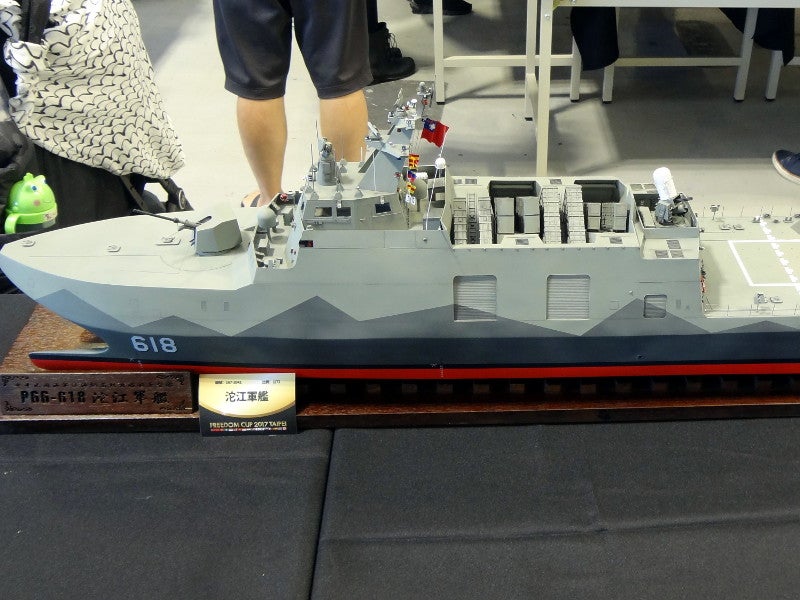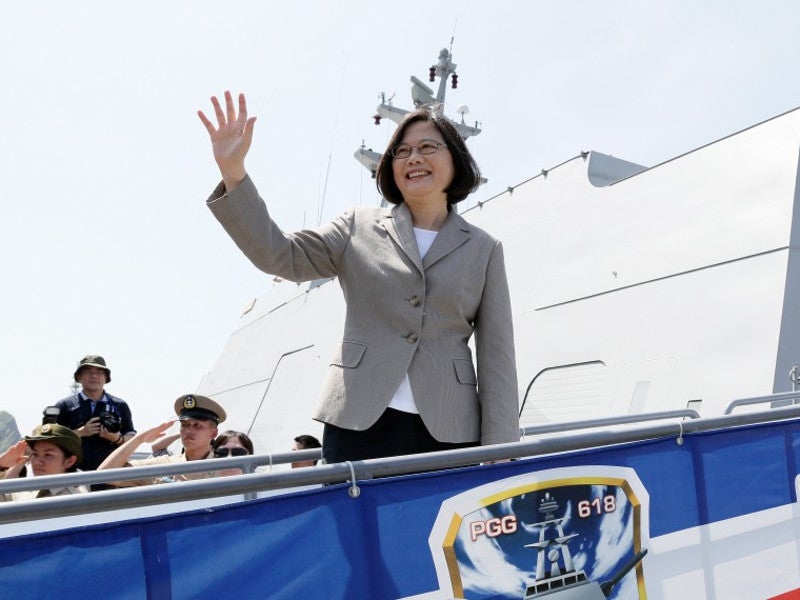Tuo Jiang-class corvettes are a series of multi-mission corvettes designed and built by LUNG TEH Shipbuilding, a company based in Taiwan. It integrates stealth capabilities with optimised design configuration to offer superior sea-keeping characteristics to naval forces.
The corvettes are intended to address the maritime requirements of the Republic of China (Taiwan) Navy.
The Republic of China Navy placed a contract with Lung Teh Shipbuilding for the construction of 11 Tuo Jiang-class corvettes in December 2018. The shipbuilder is expected to deliver the corvettes by the end of 2026.
The guided-missile corvettes can perform a range of missions, including maritime surveillance, border patrol, search-and-rescue (SAR), counter-insurgency and asset protection.
Tuo Jiang-Class corvettes development
The development of the stealth corvettes was initiated in 2010. The TWD$25bn ($854m) programme, known as Hsun Hai, was approved by the Taiwan Ministry of National Defense (MND) in 2011. The programme is intended to build up to 12 missile corvettes for the Taiwan Navy.
Construction of the first vessel in the class started in 2012. The vessel was christened as Tuo Jiang (PG-618) in March 2014. Sea trials of the corvette began in October 2014, and the vessel was handed over to the Republic of China Navy in December 2014.
Tuo Jiang-class corvettes design and features
The Tuo Jiang-class features an advanced optimised twin-hulled catamaran design configuration. The versatile design configuration enables smooth operations in harsh sea conditions, such as sea state seven. The stealthy hull form also offers reduced radar signature.
The hull and stepped superstructure are made of reinforced aluminium. The superstructure is easily accessible to the on-board crew and offers a spacious outer deck to perform multiple tasks simultaneously.
The corvette has an overall length of 60.4m, while the breadth, depth and draft of the vessel are 14m, 6m and 2.3m, respectively. The corvette has a full load displacement of 567t and can complement a crew of 41 members.
The navigation bridge, located in the middle of the ship, accommodates a helmsman and navigator on shock-mitigating seats. It offers a clear view of the surroundings, improving the situational awareness of the crew.
The vessels feature a wide and spacious bow section, while the stern area is designed to accommodate a naval helicopter, unmanned aerial vehicles (UAVs) and rigid-hulled inflatable boats (RHIBs).
Armament on board Tuo Jiang-class corvettes
The guided-missile corvettes can be armed with a range of ammunition, including anti-ship missiles, guided munitions and machine guns. The primary missiles on board the vessel include eight Hsiung Feng-3 (Brave Wind) and eight Hsiung Feng-2 anti-ship missiles (ASMs).
The Hsiung Feng-3 ASM has the capability to destroy enemy targets within a range of 300km, while Hsiung Feng-2 has a maximum range of 160km.
The bow deck is installed with an Otobreda 76mm naval gun system, while the stern is integrated with a Mark 15 Phalanx close-in weapon system. The vessel is also installed with multiple weapon mounts housing 12.7mm machine guns. Anti-submarine warfare is supported by Mark 32 torpedo launch systems.
Propulsion
The power plant integrates a 4,300kW MTU 20V 4000 M93L diesel engine coupled to twin MJP CSU 850 waterjets ny a single shaft in each hull.
Shipboard power is supplied by two Kohler 350EOZC marine generator sets with a rated production capacity of 350kW each.
The propulsion system enables the corvette to attain a maximum speed of 43k and maximum range of 2,000nmi.




